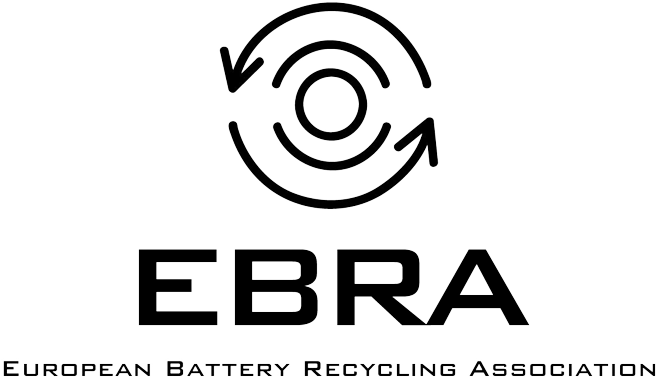
Recycled materials from batteries
Introduction
Besides Pb and Cd, the current Battery Directive of 2006 does not impose the recycling of any particular metals or materials. In other words, recyclers are free to choose the materials they recycle from batteries as long as they meet the minimum recycling efficiencies (see Recycling Batteries).
Of course, to minimise their costs, recyclers will try to recycle materials or metals with the highest value.
Circular economy and battery recycling
The battery recyclers are implementing the circular economy principles, i.e. keeping the value of the materials as high and as long as possible in the economy.
This principle is not an obligation to recover materials from batteries to manufacture new batteries (the so called closed-loop recycling). There are other opportunities to recover materials from batteries for other purposes than batteries within the circular economy (also called up-recycling).
The core of a battery is the cell where the energy is stored and can be delivered again. Here are a few examples of materials recovered from battery cells. The list is not exhaustive.
(1) Existing, matured, and industrialised recycling systems (not included, new developments, future projects, R&D projects, ...)
(2) Including the uses as reducing agents
(3) Slag: if considered as products by the competent authorities.
Large batteries have a casing (usually made of plastic or Aluminium) and contain some electronics inside: electric cables, connectors, etc …. These materials are more and more recovered.
The list of recovered materials is a prime example of urban mining: battery recyclers are contributing to a sustainable future by recovering the materials of and for the future.

